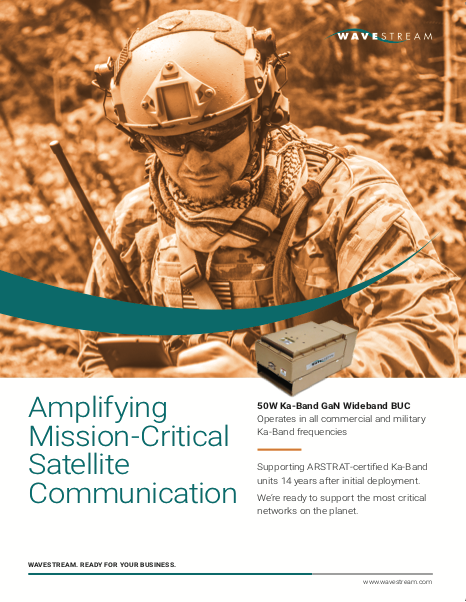USSF/SSC’s Space ‘Renaissance’ Means More Capable International Partners
The rapid pace of technological advancements that have made space operations more affordable and accessible for everyone has yielded an exciting benefit for the U.S. Space Force (USSF): more allies who can be partners in the space enterprise.

While Space Systems Command (SSC) and its predecessor organizations have long upheld allied partnerships, the field command has taken international relations to a new level through its “Allied by Design” guiding principle, said Dr. Steve Pluntze, Executive Director of SSC’s International Affairs Office (SSC/IA).
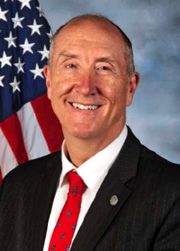
Dr. Steve Pluntze
“The words ‘by design’ mean ‘on purpose’ and ‘methodical’,” Pluntze said. “We want to normalize the inclusion of allied development into the acquisition mindset. ‘Allied by Design’ is to focus people’s attention on doing this systemically.”
Decades ago, it was only large governments such as the United States that could afford space programs; however, “technology is moving so quickly today, it enables so many new opportunities for (other) countries,” Pluntze said.
“Now that it’s within the reach of these newer-to-space countries, they are jumping on it because they understand the power, the force-multiplying effect of operating from space and deciding, ‘We need to be a part of this, what are our priorities, and how do we partner with each other?’” Pluntze said.
“We’re changing the way allies are introduced within our processes,” Pluntze added. “If you bake something in from the start, it’s much easier to include its capabilities with your own. The airplane was invented in 1903 and every country kind of built their own and brought them together when we needed to fight and then we figured it out. But if we had all developed from the beginning, together, think of how much more effective it would have been. So now everyone is going to be part of the solution from the start.”
One example of this is how SSC/IA is supporting Space Warfighting Analysis Center’s space data transport force designs by leading International Partner Working Groups on their behalf to ensure allies are included in the space architectural design process — in this case, how data flows around the space network — from the beginning, Pluntze said. SSC/IA plans to do more of this in the future with other force designs.
SSC/IA currently has established working relationships with 28 different countries. Many of these relationships go back decades, when SSC’s predecessor organizations’ earliest partnerships included selling Global Positioning System user equipment, and then MILSATCOM international partnerships for the Wideband Global SATCOM (WGS) satellite and the Advanced Extremely High Frequency System, Pluntze said.
Other partnerships are more recent, developed through a variety of engagement methods, from various working groups, memorandums of agreement or understanding, distinguished visitor meetings, exchange programs and other projects.
SSC/IA is supporting several activities on behalf of United States of United States European Command and their support to Ukraine, which includes collaboration with SSC’s Commercial Space Office to assist with securing alternate SATCOM capabilities for Ukraine and fielding requests for Foreign Military Sales from other partners in the area of responsibility for sovereign space capabilities.
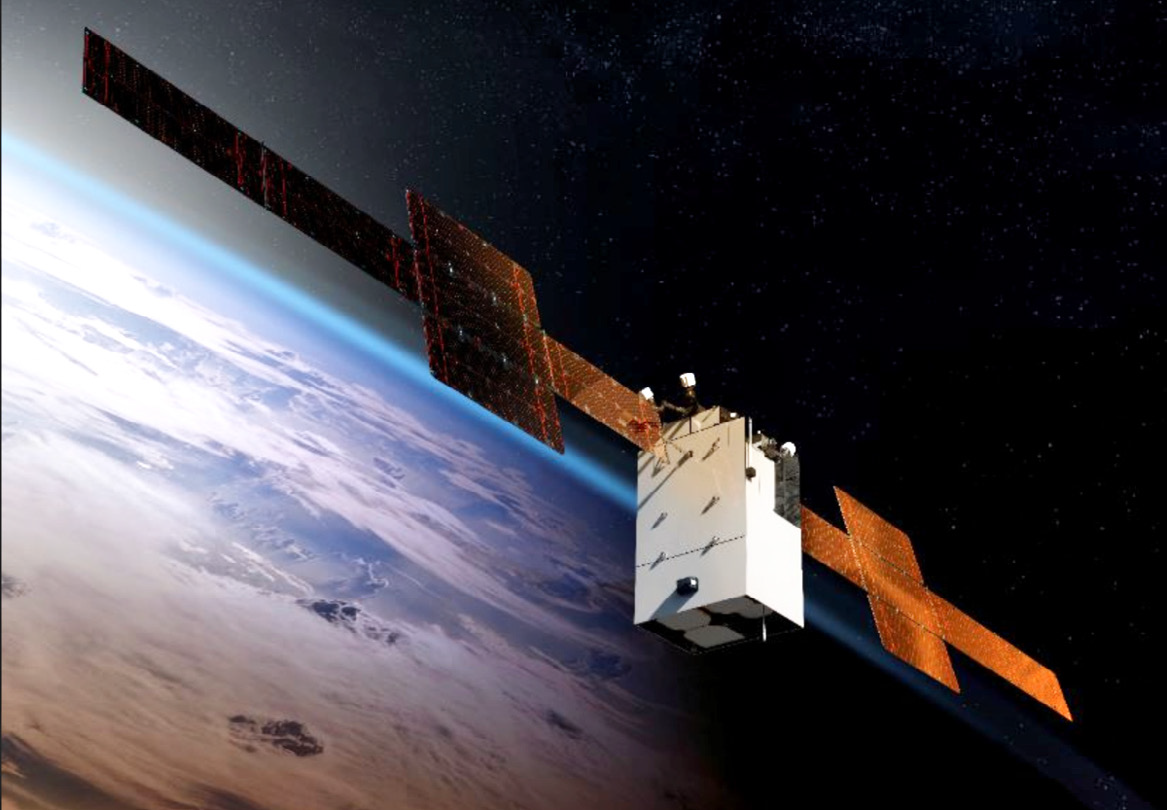
Artistic rendition of the WGS 11+ satellite, courtesy
of Boeing.
SSC/IA also has established the Allied SATCOM Future Architecture Working Group. Sixteen nations (Australia, Belgium, Canada, the Czech Republic, Denmark, France, Germany, Italy, Japan, Luxembourg, Netherlands, New Zealand, Norway, Spain, United Kingdom, and United States) are designing an integrated SATCOM network that will enable interoperability across national systems.
“Integration is very difficult in this business because the capabilities are so complex and widespread,” Pluntze said. “Being able to include allies and think of things from the start removes some of those integration headaches and mistakes, although adding partners can require more stringent integration discipline.”
Another partnership opportunity is using Joint Task Force Space Defense Commercial Operations Cell (JCO) as an entry point for new partners in the Space Domain Awareness (SDA) mission area. As there are many commercial companies who already have imaging capabilities from space, using a JCO
is a way to combine and task the ability that’s already up in space to start practicing space domain awareness with allied partners now, while sensitive elements of international agreements — such as intelligence sharing — are being worked out, Pluntze said.
In addition to tapping into innovative new developments from allies, partnerships also can help nations save money by pooling together to achieve common goals, Pluntze said. One nation might build a communications satellite, another country could launch it and both countries could share in the bandwidth that satellite provides.

However, saving money is only one short-term benefit, Pluntze said, adding, “You’re addressing the threat, increasing resiliency and deterrence and bringing new capabilities to the fight as well as building relationships.”
Pluntze said a large measure of SSC/IA’s success is due to the Secretary of the Air Force International Affairs Office (SAF/IA), which has led the way by establishing partnership strategies, policies, and direction related to space technology exports. Current foreign military sales value at SSC is $570 million and growing.
The U.S. and other countries are also working together to establish norms for international cooperation in space, and the responsible use of space, which could lead to some important breakthroughs in the realms of orbital debris removal, on-orbit servicing of space vehicles, rocket cargo and agile and flexible launch services, Pluntze said. All of these developments could lead to more space industry jobs for the countries that develop and perfect these services, potentially benefitting everyone.
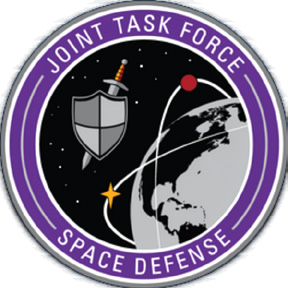
“SAF/IA and Space Force S5P (Directorate of Strategic Plans, Programs, Requirements and Analysis) have been excellent leaders and teammates in forming the foundation of space international partnering,” Pluntze said. “Remember — this is new. Space is a new domain; the Space Force is a new service. And so, how we handle and include international partners in space is new as well. And it’s new for our partners; they are working through similar issues.”
Pluntze said SSC, USSF, SAF/IA, and other U.S. Department of Defense partners are continually working together to identify and work out impediments to international partnerships “and these are being solved and discussed at the highest levels of government, because leadership is very serious about bringing on these partners. They understand that long-term vision, even though sometimes the short-term hassles get in the way.
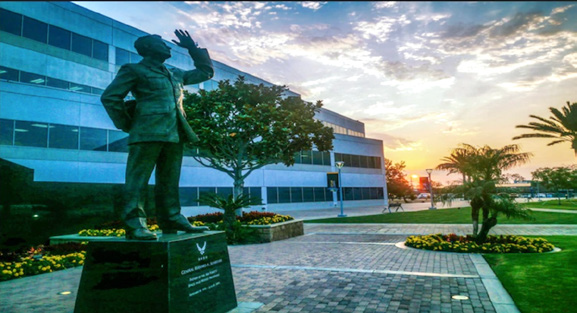
“They have their eyes firmly fixed on that long-term result: seamless integration and use of partner capability at all levels of the space enterprise from development all the way out to operations and, if need be, warfighting. It’s a very exciting future for space.”
Space Systems Command (SSC) is the U.S. Space Force Field Command responsible for acquiring and delivering resilient war fighting capabilities to protect our nation’s strategic advantage in and from space. SSC manages a $15 billion space acquisition budget for the Department of Defense and works in partnership with joint forces, industry, government agencies, academic and allied organizations to accelerate innovation and outpace emerging threats. Our actions today are making the world a better space for tomorrow.
Contact Space Systems Command at SSC@spaceforce.mil
Follow Space Systems Command on LinkedIn.


